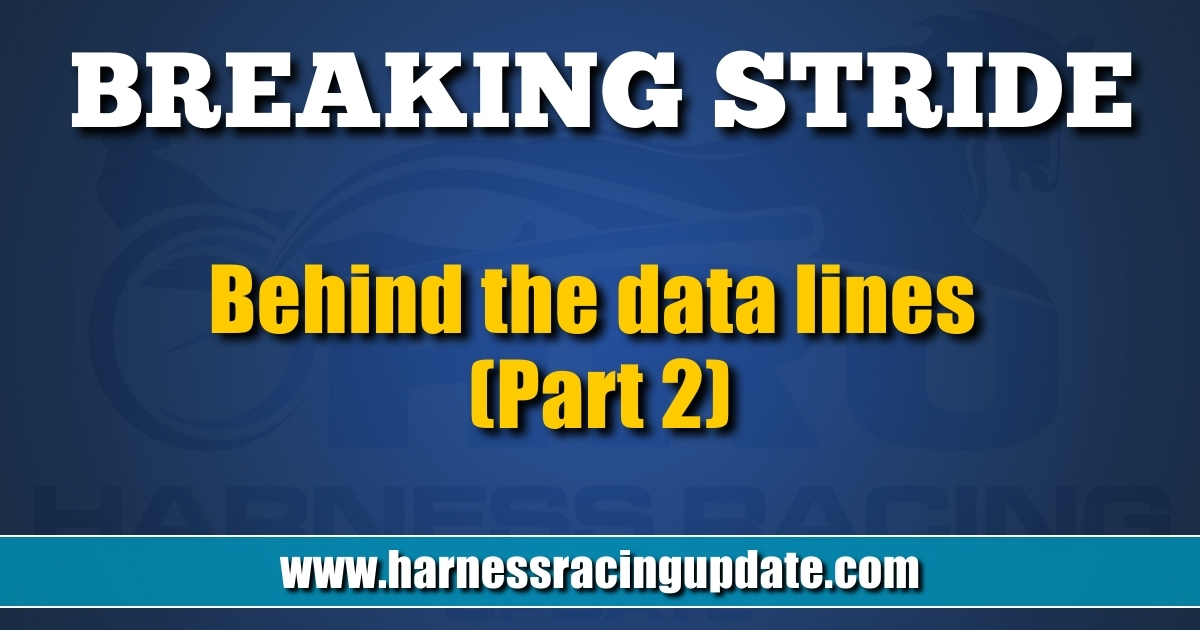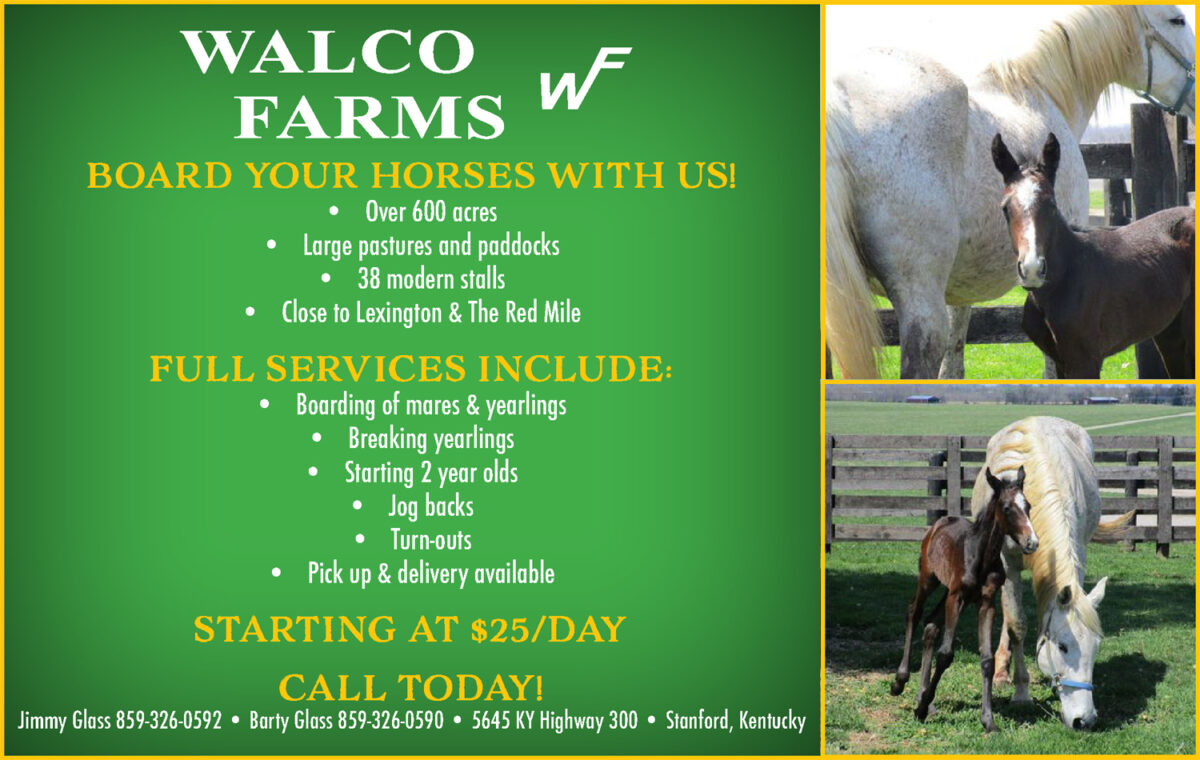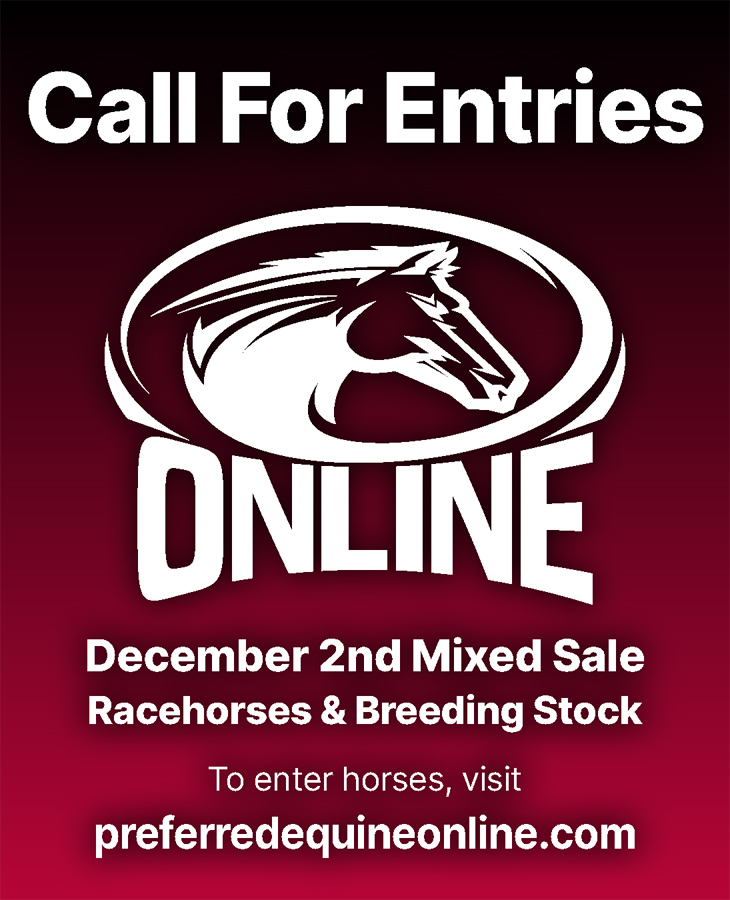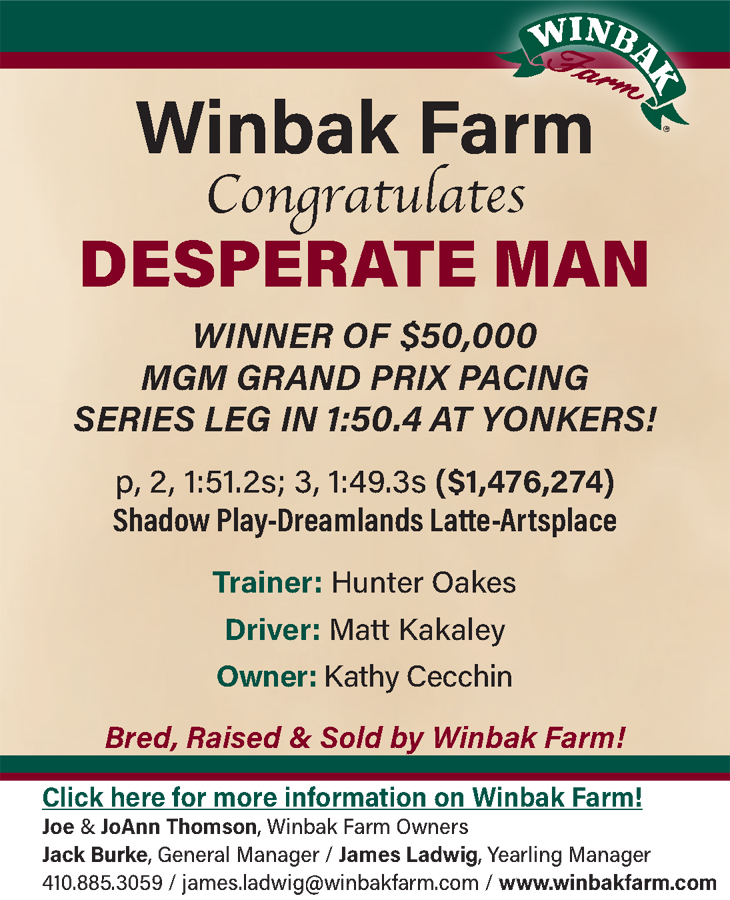Behind the data lines (Part 2)
“Every company has big data in its future, and every company will eventually be in the data business.” — Thomas H. Daven
by Trey Nosrac
Part 1 is here.
He recapped, “Last week, you suggested that sellers of yearlings, who have the time and the inclination, could add supplemental data linked to the HIP sales pages for yearlings.”
I nodded. “Yes. You always claim that data is gold. A deeper dive into pedigree and production could be both valuable and interesting for buyers. If information is coinage in this century, my two cents worth is that more data can help this sport.”
He replied, “The keyword is data. A statement ‘The brother to this yearling was one of the best I ever sat behind until his luck turned bad’ is not data.”
“Agreed. A statement like that is an opinion sprinkled with fairy dust. Last week, every example I gave you was a piece of data. The 2-year-old brother broke his right front coffin bone on June 2 in a training mile is documented. Regardless of how the information gets presented, all additional data must be verifiable or gets rejected.
“I was thinking about this type of information last night. I have only bought and sold a dozen yearlings. Still, I jotted down a list of data that was beyond the reach of the traditional yearling HIP page for this small sample group. These are data points, not fictional mumbo jumbo –
Sold at age two to owners from Norway. Successfully raced in Norway.
Involved in a horrific accident when the horse in front of this mare fell.
The second dam had two foals exported to Europe.
This mare was bred at age three during the pandemic shutdown when racing was not a certainty.
The three foals from this 2nd dam averaged over $46,000 at auction.
A foal from the second dam raced in Sweden.
A covid-related delay in OCD removal (the clinic shut down) prevented the 2020 yearling consignment to auction.”
He nodded. “Okay, I get the concept. I agree that additional data should be in the marketplace. How do you see the implementation?”
“Start slowly. When the internet arrived on the scene, videos of yearlings began to appear. At first, a smattering of videos was just an option. But, that smattering quickly grew into a near necessity.”
“You see this extra data following the same path as yearling videos?”
I shook my head. “Yes and no. Yearling videos have evolved into a necessity. If you do not have a video, buyers have suspicions and will probably not bid. This extra layer of information concerning a cataloged yearling will be optional.”
I continued, “This information would be a case-by-case situation. Plenty of horses have very little additional relevant information. Their story is not complex. The production or lack of production does not require additional data. In addition, plenty of sellers will have neither the time nor inclination to create sub-categories of ADA. In my mind, smaller farms or individual breeders are more likely to follow their equine families and would be more likely to create ADA listings.”
He said, “So, the lack of an informational link would not be a red flag.”
“No. Besides, buyers spending huge amounts most likely have completed a deep dive into the family. How buyers value information is tricky, but the marketplace will determine if this is a product they want.”
I continued, “Put yourself in the shoes of a seller of yearlings. If you are sending a yearling to a sale and you have some verifiable data that may make your yearling more attractive or interesting to the sellers, you want it out there.”
He asked, “Who decides what would be relevant data for inclusion?”
“The seller would be responsible for harvesting the data and assembling the data in a digestible form. They pay the sales company for a hyperlink to the information. The sales companies are the middleman that lists a link and hosts the data. They disclaim any responsibility for the data.”
“What are their costs for giving the customers this information?” he asked.
“Not sure. That would be a business decision. The links could be free for shoppers, or each click on a hyperlink with additional data could cost a small fee.”
He pointed out, “The sales company would have a new income stream without much effort.”
“Here is the bottom line for customers. When buying a yearling, a product that will cost thousands of dollars, I am hungry for every scrap of information I can find. I will be clicking blue links like a maniac. The importance of the data is up to the customer to decide.”
He said, “It seems like the question is: How much value would this product of additional data have?”
“I think a lot. Sure, the yearling marketplace is small, but additional knowledge has a place. The links could be enjoyable for nerds with wallets looking for yearlings. Any little nugget is a potential tipping point.”
He seemed enthused and added a few ideas of his own, “The sales company could offer a one price option, to allow customers access to all hyperlinks of additional information. Plus, there would be data in the search footprints that could be of value to breeders and yearling sellers in the future.”
I put a period on the subject and said, “Hey man, in this corner of the harness racing world, we have big animals with big price tags. So we might as well have big data.”

















